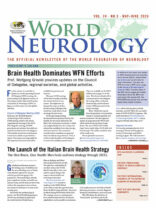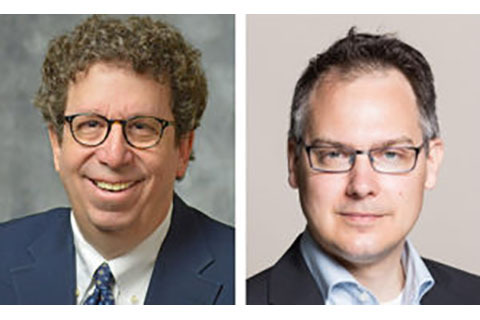
Steven L. Lewis, MD, Walter Struhal, MD
We would like to welcome all neurologists worldwide to the September/October 2021 issue of World Neurology. The issue begins with the President’s column, where WFN President Prof. Bill Carroll discusses the upcoming WCN, opening within days of the publication, and the important role of the WCN in the WFN.
Next, Kimberly Karlshoej, WFN strategy and program director, and on behalf of multiple contributors, updates us on the Intersectoral Global Action Plan (IGAP) on Epilepsy and Other Neurological Disorders of the WHO.
Prof. Wolfgang Grisold provides another informative report on the WFN Committees and Specialty Groups, with this issue’s report providing us with an update on the Constitution & Bylaws Committee and the Neurosonology Specialty Group. Prof. Gagandeep Singh and colleagues then discuss their recent publication of the India State-Level Disease Burden Initiative, reporting on the trends of the burden of neurological diseases across the states of India from 1990 to 2019.
Dr. Imane Hajjaj, from Morocco, provides us with a report of her successful and informative (pre-COVID-19) visit to Istanbul, Turkey, as part of the WFN Department Visit program. In this issue’s History column, Prof. JMS Pearce discusses the development of the concept of the extrapyramidal system. Next, María Jimena Alemán, a medical student from Guatemala, reviews the book One by One by One, by Dr. Aaron Berkowitz, about the author’s experience providing much-needed neurologic care in Haiti.
Finally, Dr. David Steinberg provides a heartfelt obituary, reprinted with permission from the Journal of the Neurological Sciences, on the life of Dr. George K. York III, neurologist and historian of neurology.
Thank you for your interest in World Neurology, and we look forward to “seeing” so many of you at the WCN2021, starting Oct. 3! •
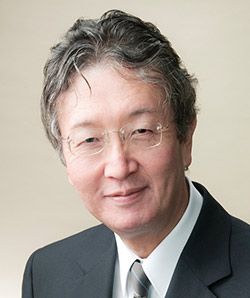
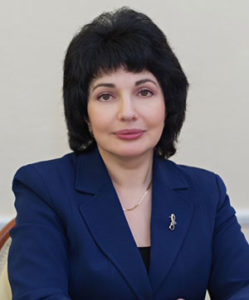
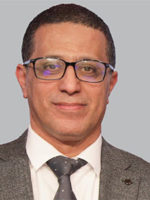
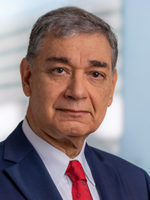
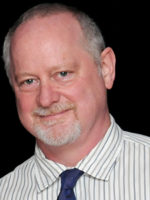
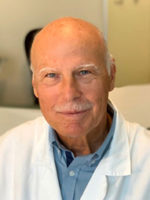
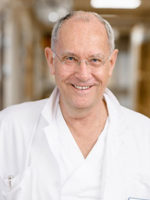
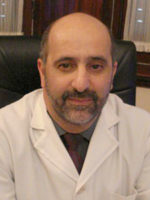
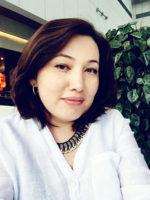
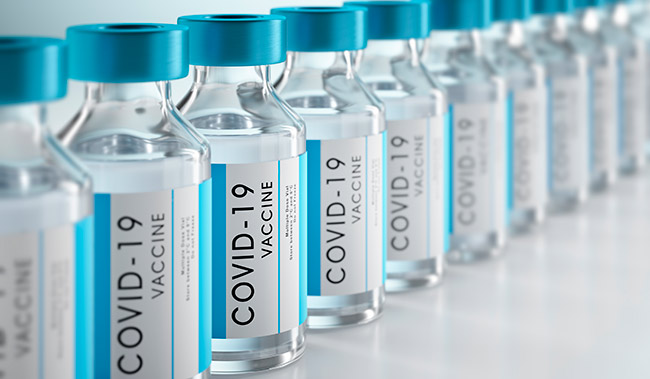
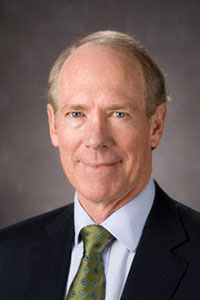
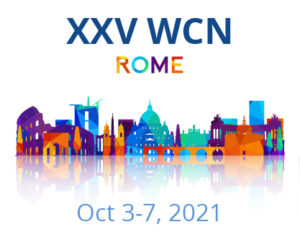 We are also soliciting nominations of the names for WFN medals for 2021 ( https://wfneurology.org/activities/education-grants-and-awards/wfn-awards ).
We are also soliciting nominations of the names for WFN medals for 2021 ( https://wfneurology.org/activities/education-grants-and-awards/wfn-awards ).